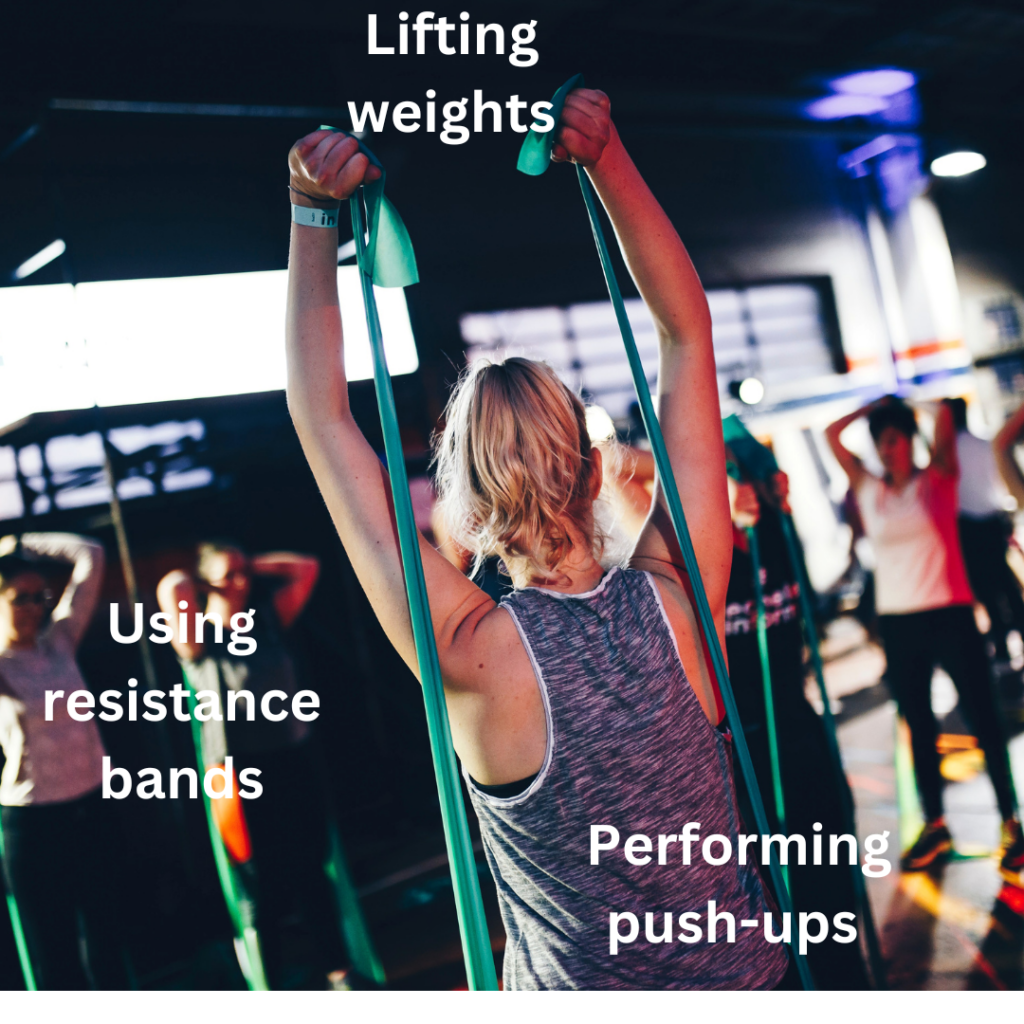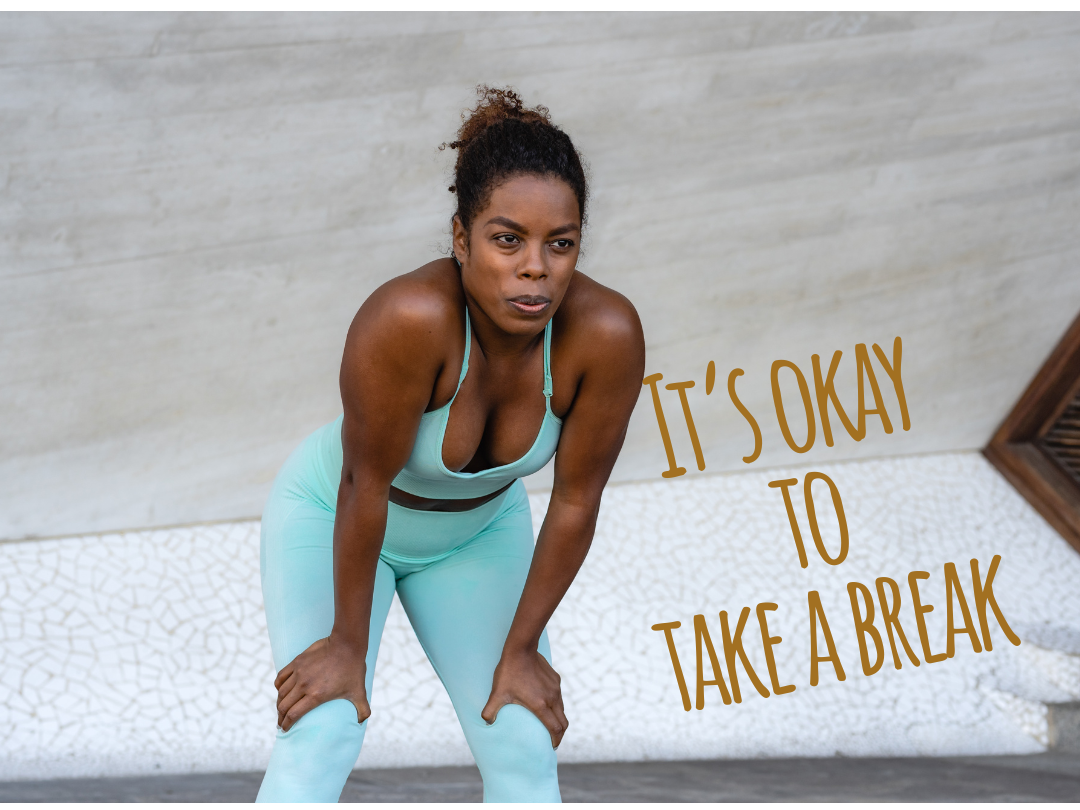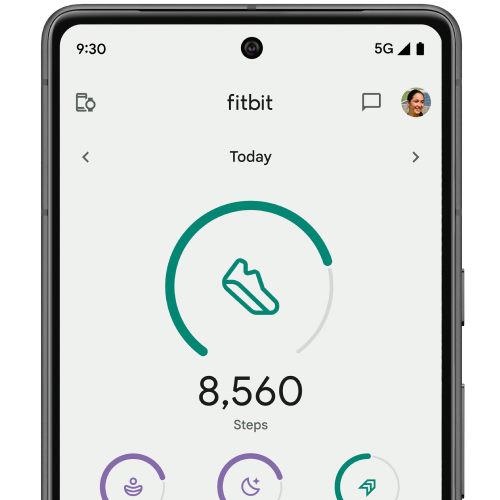Introduction
Achieving weight loss involves a harmonious blend of balanced nutrition and regular physical activity. While diet plays a crucial role, integrating exercise into your lifestyle can significantly accelerate weight loss and improve overall health. This blog delves into various types of exercises, their benefits, and practical tips for creating a sustainable and effective workout plan.
Types of Exercise
1. Cardiovascular Exercise
Cardiovascular or aerobic exercises are activities that increase your heart rate and improve the efficiency of your cardiovascular system. These exercises are vital for burning calories and improving heart health.

Examples:
- Running and Jogging: Great for burning calories and improving cardiovascular health.
- Cycling: Low-impact exercise that can be done indoors or outdoors.
- Swimming: Full-body workout that is easy on the joints.
- Brisk Walking: Simple yet effective for beginners.
- Dancing: Fun way to get your heart rate up.
Benefits:
- Calorie Burn: Effective in creating a calorie deficit necessary for weight loss.
- Heart Health: Strengthens the heart and improves circulation.
- Endurance: Enhances overall stamina and energy levels.
- Mental Health: Reduces stress and anxiety, improving mood.
Detailed Tips:
- Start Gradually: Begin with shorter sessions (10-15 minutes) and gradually increase duration and intensity.
- Interval Training: Incorporate high-intensity intervals to boost calorie burn.
- Consistency: Aim for at least 30 minutes of moderate-intensity cardio most days of the week.
2. Strength Training
Strength training involves exercises that focus on building muscle strength and endurance. This can include using weights, resistance bands, or your own body weight.

Examples:
- Weightlifting: Using dumbbells, barbells, or kettlebells.
- Resistance Bands: Versatile for various strength exercises.
- Bodyweight Exercises: Push-ups, squats, lunges, and planks.
- Machines: Using gym equipment like leg presses or chest presses.
Benefits:
- Muscle Mass: Increases muscle, which boosts metabolism and burns more calories at rest.
- Bone Density: Strengthens bones, reducing the risk of osteoporosis.
- Body Composition: Helps in reducing body fat percentage while building lean muscle.
- Functional Strength: Improves daily activities and physical performance.
Detailed Tips:
- Proper Form: Focus on technique to prevent injuries and maximize effectiveness.
- Progressive Overload: Gradually increase the weight or resistance to continue challenging your muscles.
- Rest Days: Allow muscle groups to recover by alternating workout days.
3. Flexibility and Balance
Exercises that enhance flexibility and balance are essential for maintaining mobility and preventing injuries. These exercises also contribute to overall body harmony and relaxation.

Examples:
- Yoga: Combines flexibility, balance, and strength training.
- Pilates: Focuses on core strength, flexibility, and body control.
- Stretching: Dynamic and static stretches improve flexibility.
- Tai Chi: A gentle form of martial arts focusing on balance and fluid movements.
Benefits:
- Injury Prevention: Reduces the risk of strains and sprains.
- Mobility: Enhances the range of motion in joints and muscles.
- Posture: Improves body alignment and reduces the risk of postural issues.
- Stress Relief: Promotes relaxation and mental well-being.
Detailed Tips:
- Incorporate Daily: Include a short stretching or yoga session daily.
- Focus on Breathing: Deep breathing enhances the benefits of flexibility exercises.
- Use Props: Utilize blocks, straps, or bands to assist with difficult stretches.
Creating an Effective Exercise Routine
1. Set Clear Goals
Determine your primary objectives, whether it’s losing weight, building muscle, or improving endurance. Clear and specific goals provide direction and motivation.

Tips for Goal Setting:
- SMART Goals: Make sure your goals are Specific, Measurable, Achievable, Relevant, and Time-bound.
- Short-term vs. Long-term: Set both immediate and future goals to track progress.
- Visualize Success: Keep reminders of your goals visible to stay motivated.
2. Mix It Up
Variety in your workout routine prevents boredom and ensures all muscle groups are targeted. It also reduces the risk of overuse injuries.

Tips for Variety:
- Alternate Workouts: Mix cardio, strength training, and flexibility exercises.
- Try New Activities: Experiment with new sports or fitness classes.
- Periodization: Change the intensity and duration of workouts periodically.
3. Start Slow
If you’re new to exercising, it’s important to begin with low-intensity activities and gradually increase the difficulty level.

Tips for Beginners:
- Warm-Up: Always start with a warm-up to prepare your body.
- Low Impact: Begin with activities like walking or swimming.
- Incremental Increases: Gradually increase the time and intensity of your workouts.
4. Consistency is Key
Consistency is crucial for achieving and maintaining weight loss. Regular exercise habits contribute to long-term success.
Tips for Consistency:
- Schedule Workouts: Plan your exercise sessions like appointments.
- Set Reminders: Use apps or alarms to remind you of workout times.
- Stay Accountable: Share your goals with a friend or join a fitness community.
5. Listen to Your Body
Understanding your body’s signals helps prevent injuries and ensures that you’re exercising within safe limits.

Tips for Listening to Your Body:
- Rest Days: Incorporate rest days to allow recovery.
- Modify Exercises: Adjust exercises that cause discomfort.
- Stay Hydrated: Drink water before, during, and after workouts.
Tips for Staying Motivated
1. Find Enjoyable Activities
Choosing activities you enjoy makes it easier to stick with your exercise routine and look forward to workouts.

Tips for Enjoyment:
- Group Classes: Join classes like Zumba or spinning.
- Outdoor Activities: Explore hiking, cycling, or outdoor yoga.
- Music and Podcasts: Listen to upbeat music or engaging podcasts.
2. Workout with a Friend
Having a workout buddy provides motivation, support, and makes exercise more enjoyable.

Tips for Partner Workouts:
- Set Common Goals: Align your fitness goals with your partner.
- Plan Together: Schedule joint workout sessions.
- Friendly Competition: Challenge each other to achieve more.
3. Track Your Progress
Monitoring your progress helps you see improvements and stay motivated. It also allows you to adjust your routine for better results.

Tips for Tracking:
- Use Apps: Fitness apps can track workouts, steps, and calories burned.
- Fitness Journal: Keep a log of exercises, sets, and repetitions.
- Photo Progress: Take before and after photos to visually track changes.
4. Reward Yourself
Rewarding yourself for reaching milestones can boost motivation and provide positive reinforcement.

Tips for Rewards:
- Non-Food Rewards: Choose rewards like new gear or a spa day.
- Set Milestones: Break your goals into smaller, achievable milestones.
- Celebrate Success: Take time to acknowledge and celebrate your achievements.
5. Stay Positive
Maintaining a positive mindset helps you stay focused and motivated, even when progress is slow.
Tips for Positivity:
- Focus on Benefits: Remember the health benefits beyond weight loss.
- Affirmations: Use positive affirmations to boost confidence.
- Support Network: Surround yourself with supportive and encouraging people.
Conclusion
Incorporating regular exercise into your weight loss journey not only accelerates fat loss but also enhances overall health and well-being. Understanding the benefits of various types of exercises and creating a balanced, enjoyable workout routine is key to achieving lasting results. Embrace consistency, listen to your body, and maintain a positive attitude to ensure your success in your fitness journey.



